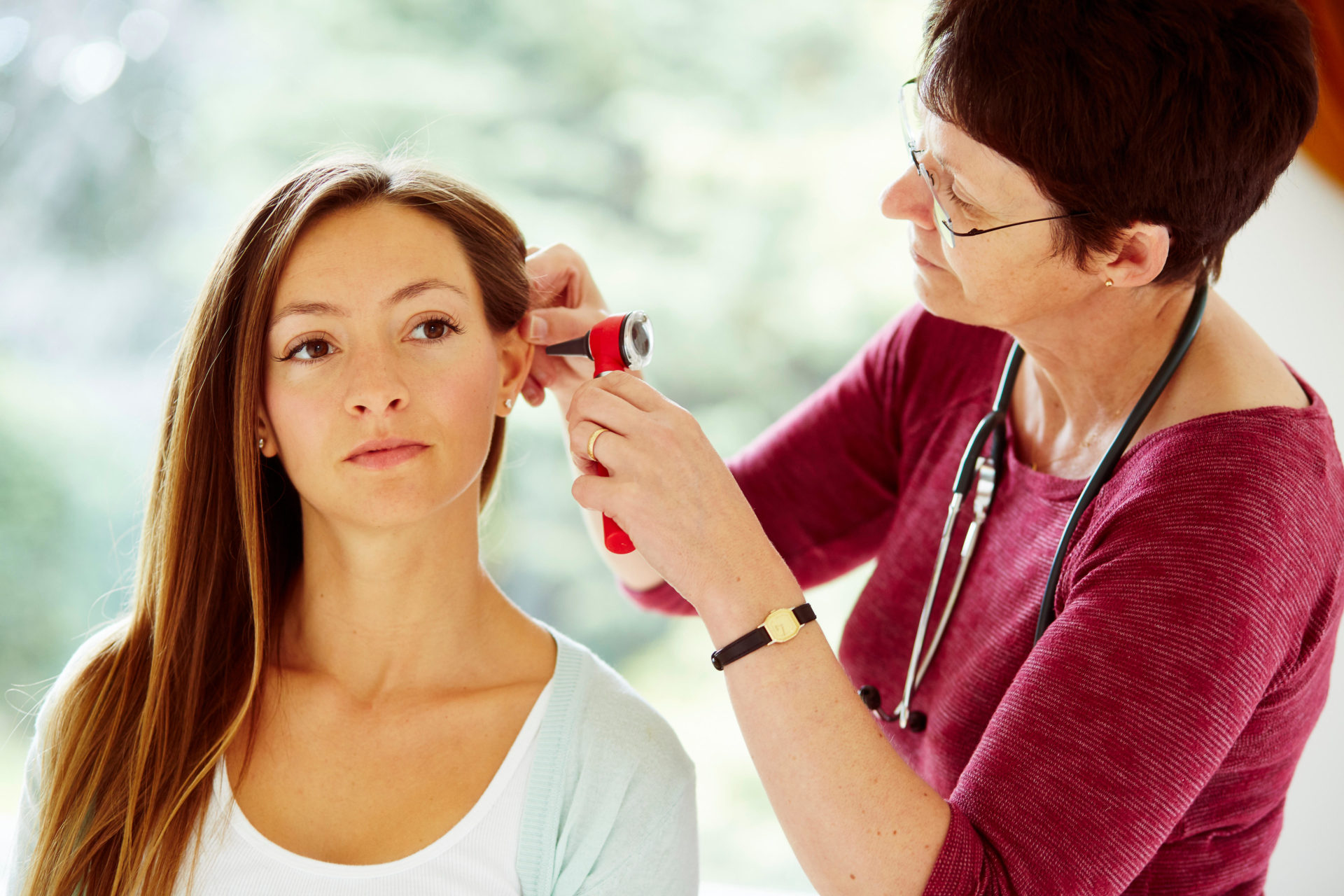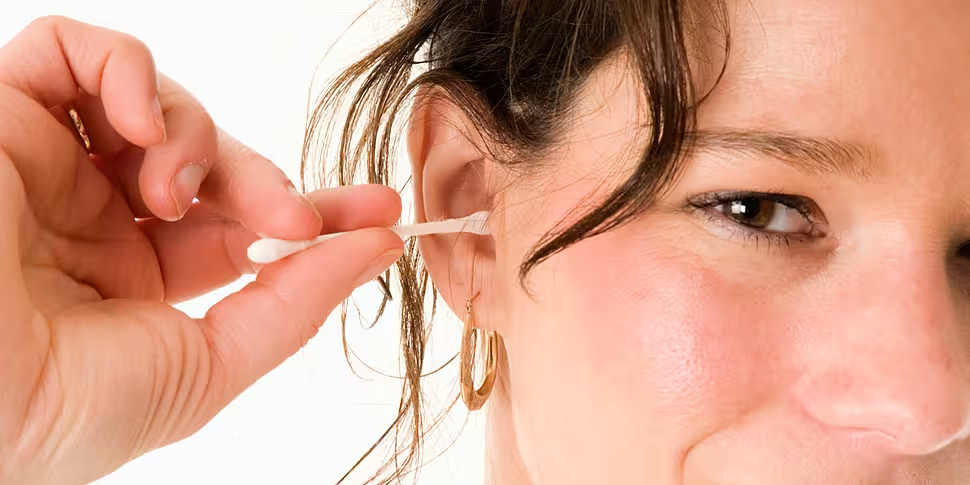On this week’s Show Me the Science with Luke O’Neill, the immunology professor explains the makeup and lesser-known facts about ear wax.
“As a biochemical thing, it’s a fascination,” he said.
“The ear is a very sensitive - the ear canal can get infected, and earwax is a great protector.”
The three main ingredients in ear wax, dead skin, oil, and sweat, all protect the ear canal from outside forces – and sometimes end up on your earphones.
“What’s amazing about ear wax is its range,” Prof O’Neill said. “Some people have really dry ear wax some have flakier wax, some have very oily earwax.
Ear wax genetics
The ABCC11 gene plays a large part in the unique makeup of each person’s ear wax – but your environment can also play a role.
“East Asians are more inclined to have drier ear wax, but Africans can have wetter ear wax,” he said. “This is genetic but there could be some environmental processes as well.
“If you live in a warmer climate, of course the wax is inclined to be a bit liquidy anyway, because the temperature is a bit higher.
“In drier climates, it’s going to be dried out a bit.”
Drug testing
One useful feature of ear wax beyond its protective purpose is its skills in detection, according to Prof O’Neill.
“If you wanted to detect whether somebody's taking drugs for toxicological purposes, and this might be an illicit drug, we can detect it in the ear wax,” he said.
“That's probably because [the drugs] are getting into the sweat then end up in the ear, you can detect it in that way.”
 Doctor examining patients ears. Image: Chris Rout / Alamy Stock Photo
Doctor examining patients ears. Image: Chris Rout / Alamy Stock PhotoProf O’Neill also explained your ears don’t become blocked on airplanes because of ear wax.
“That’s simply to do with other lymphatic systems – they're bungling up,” he said. “That creates the impression then that your tubes are being blocked, but they're not being blocked by wax.
“That’s simply your immune response.”
Children
However, ear wax can be a problem for children, according to Prof O’Neill, who still have smaller ear canals.
“Sometimes the wax is made, there’s a bit too much and it begins to clog up,” he said.
“It can be okay to be gentle and maybe remove some of that, but often it naturally falls out.
“Maybe control a tiny bit, but don’t overdo it. Don’t be sticking in a Q-tip that can cause damage.”
Listen back to the science of ear wax with Luke O'Neill here.









